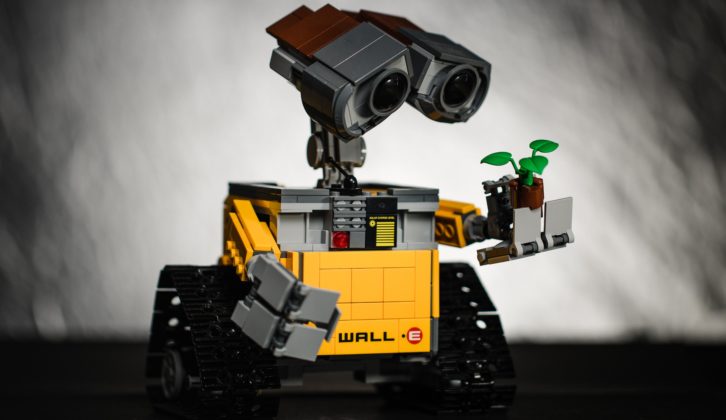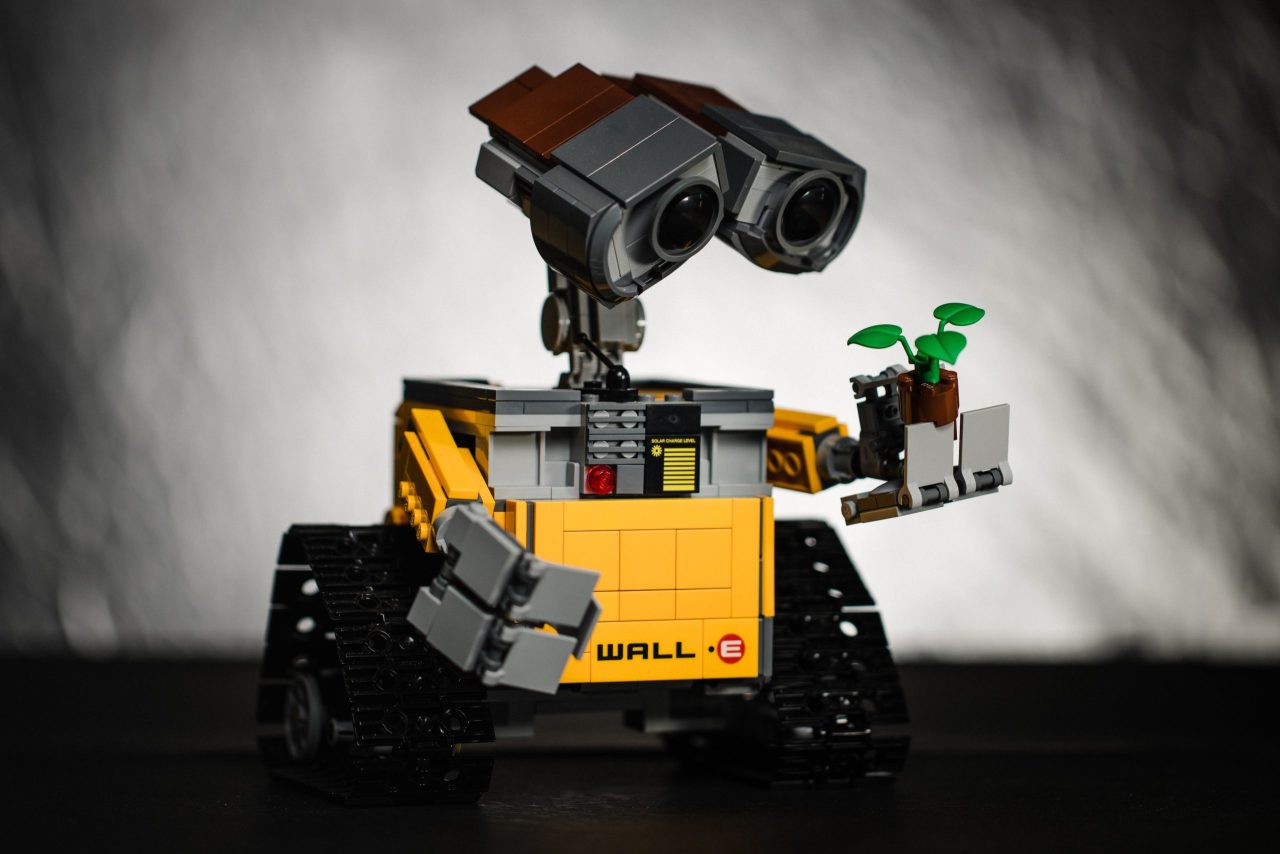[ad_1]

A STEAM education expert explains how teachers can blend robotics and values, imparting lessons on generosity, perseverance and collaboration while coding.
When I was a student in Argentina in the early ’90s and told my dad I wanted to pursue a Ph.D. at the MIT Media Lab, I explained, “This is a dream.”

And my dad said, “But MIT? You don’t like computers. Why are you going there?”
“I’m going there because I love writing,” I told him.
“And what’s the connection between writing and computer science?” he asked.
“They’re both ways to create worlds to create meaning,” I replied.
How robotics and values work together
Teachers create worlds and meaning every day in the classroom by bringing not only skill-based curriculum, but a hidden curriculum: values. Values are those things we find important. When we ask students to spend precious class time on a specific lesson or project, we’re communicating to our students what we find important.
Blending robotics and values is an exercise in showing by doing. When we bring robots to class to teach students about coding, we’re telling them we value problem-solving. Unless we have enough robots for every student to have their own, we’re also communicating that we value collaboration by asking them to work together. As we invite students to make and program their robots, they learn that we value asking questions and following a creative, iterative design process.
I like to encourage teachers to make the values they hold dear explicit by thinking of a painter’s palette. I call this the Palette of Virtues, and just as painters change their color palette for each artwork, educators can think about how their palette should change for each new lesson and in different contexts.
Who your students are, where you’re teaching and what your goals are will change the virtues you need to put on your palette and how they should be mixed and shaded together. The important thing is to be explicit about it so that you can encourage behaviors that model the values you’re choosing.
Using robot parts to teach generosity
Distributing materials is one way you can share your values with students when you work with robots. The robot that I co-created, KIBO, doesn’t need screens or keyboards, but it does need a lot of wooden blocks, which students use to program the robot.
All those blocks are fun, but they present a logistical choice for teachers. How do you set them up? Do you create kits with identical materials in each? Or do you put everything in the middle of the room and let students take parts as they need? That’s where robotics and values mesh.
Making everything available to everyone and letting them take what they need is more time-consuming, but it allows students to make decisions and learn from them. For example, if students only need two motors on their robot, yet they choose to take three, that invites a conversation with their peers about whether they can accomplish their goal with fewer motors, whether other groups have enough and the importance of sharing. Asking students to apply their own values to creating ground rules for the class makes them deeply engaged in what they’re doing.
Teaching perseverance through failure
There are many benefits to having students learn by working on projects they care about, including persistence. As students work with their robot and create sequences of blocks, they have fun and become invested in their learning. Should they find that they are running out of time, they have a choice to make: Do they have a tantrum and throw everything in the air, lessening their chance of success? Or do they take a breath, work to understand what’s not working and then try and try again to fix it before time runs out?
They might make the first choice, especially at first, but they are still learning lessons about executive function — focus, organization, persistence, and managing their emotions and frustrations. It’s also an opportunity for social-emotional learning.
This is where the Palette of Virtues is helpful. If efficiency is a key virtue for this particular project, a teacher might choose to pretend that nothing has happened when a student has an emotional outburst. But if patience is taking up more room than efficiency on your palette, then you can take the time to address these feelings with students as they happen.
As I told my dad years ago, coding is a language that allows us to create worlds and to relate to people in different ways. Today I invite every teacher to ask yourself: “When my students and I are creating our world, what kind of relationships and values are we including in it?”
Explore an answer, create your own Palette of Virtues and see how you can translate it into your own classroom by merging robotics and values.
Marina Umaschi Bers, Ph.D., is the Augustus Long Professor of Education at the Lynch School of Education and Human Development at Boston College. She is director of the interdisciplinary DevTech research group, and the author of the new book “Beyond Coding: How Children Learn Human Values Through Programming,” as well as “Coding as a Playground: Programming and Computational Thinking in the Early Childhood Classroom.” She is the co-founder of KinderLab Robotics and can be reached at Marina@KinderLabRobotics.com.
Opinions expressed by SmartBrief contributors are their own.
_________________________
Subscribe to SmartBrief’s FREE email newsletter to see the latest hot topics on EdTech. It’s among SmartBrief’s more than 250 industry-focused newsletters.
[ad_2]
Source link
